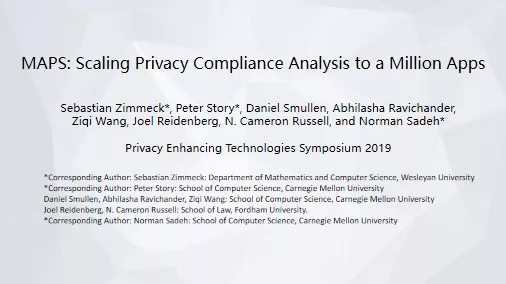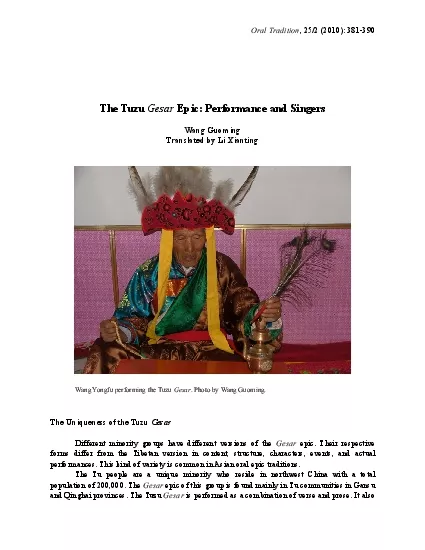PPT-Sebastian Zimmeck*, Peter Story*, Daniel Smullen, Abhilasha Ravichander, Ziqi Wang, Joel
Author : enjoinsamsung | Published Date : 2020-08-07
Privacy Enhancing Technologies Symposium 2019 MAPS Scaling Privacy Compliance Analysis to a Million Apps Corresponding Author Sebastian Zimmeck Department of Mathematics
Presentation Embed Code
Download Presentation
Download Presentation The PPT/PDF document "Sebastian Zimmeck*, Peter Story*, Daniel..." is the property of its rightful owner. Permission is granted to download and print the materials on this website for personal, non-commercial use only, and to display it on your personal computer provided you do not modify the materials and that you retain all copyright notices contained in the materials. By downloading content from our website, you accept the terms of this agreement.
Sebastian Zimmeck*, Peter Story*, Daniel Smullen, Abhilasha Ravichander, Ziqi Wang, Joel: Transcript
Download Rules Of Document
"Sebastian Zimmeck*, Peter Story*, Daniel Smullen, Abhilasha Ravichander, Ziqi Wang, Joel"The content belongs to its owner. You may download and print it for personal use, without modification, and keep all copyright notices. By downloading, you agree to these terms.
Related Documents














